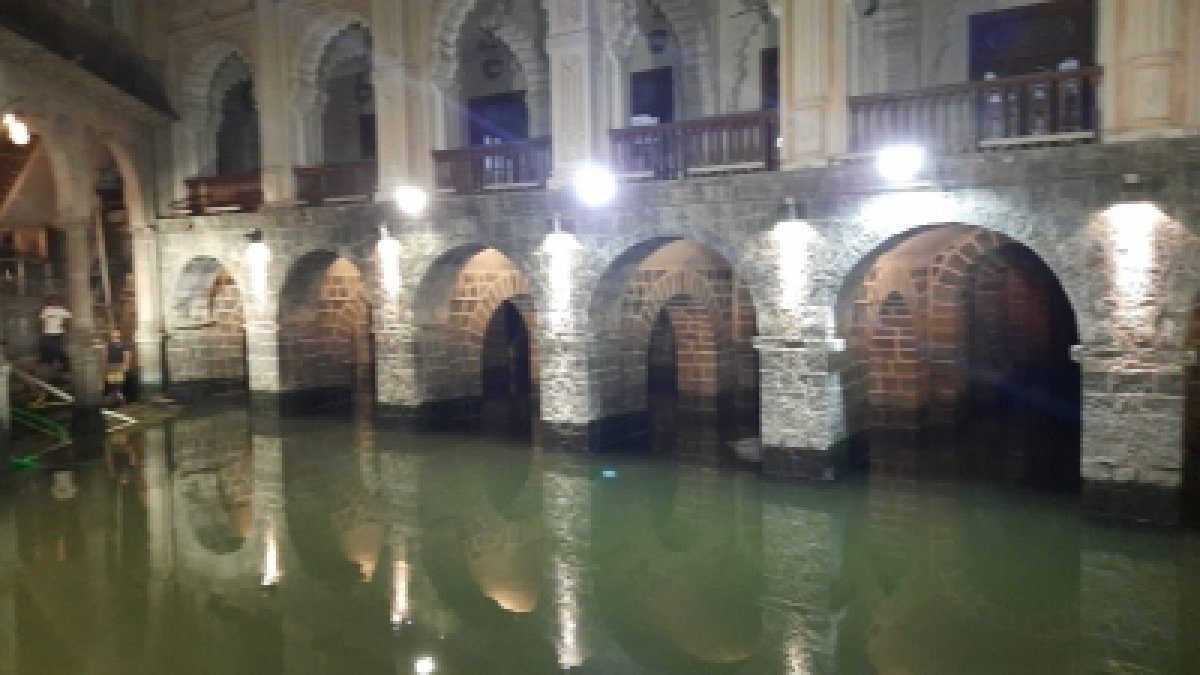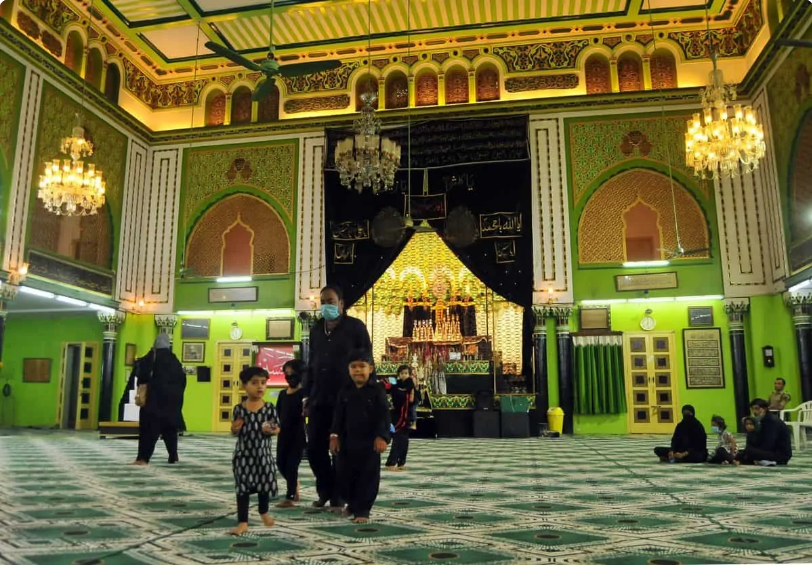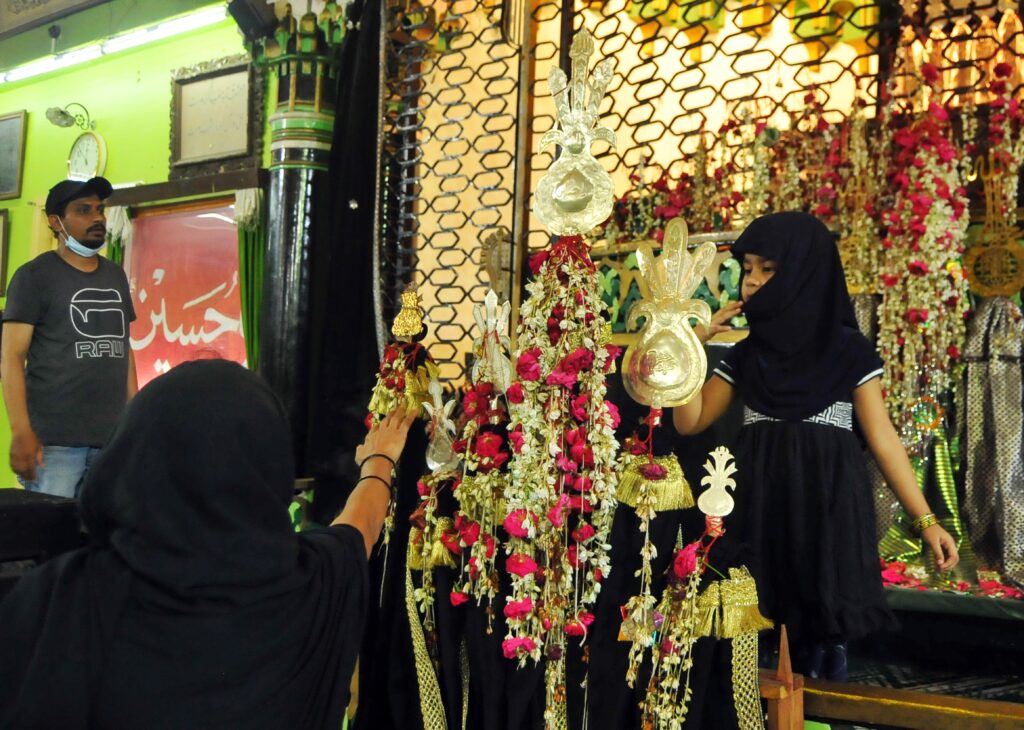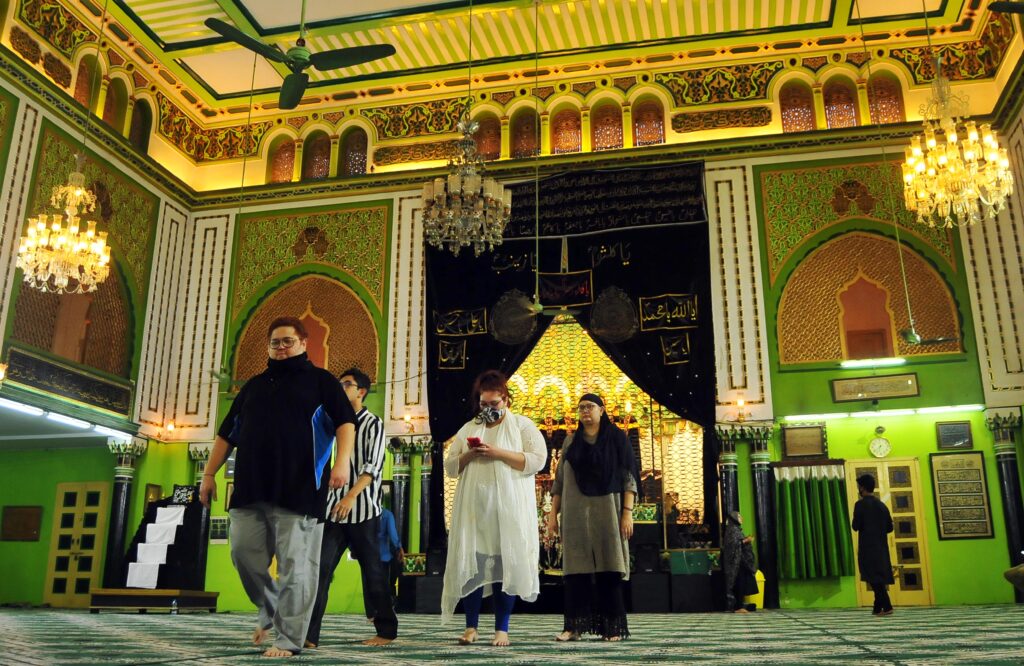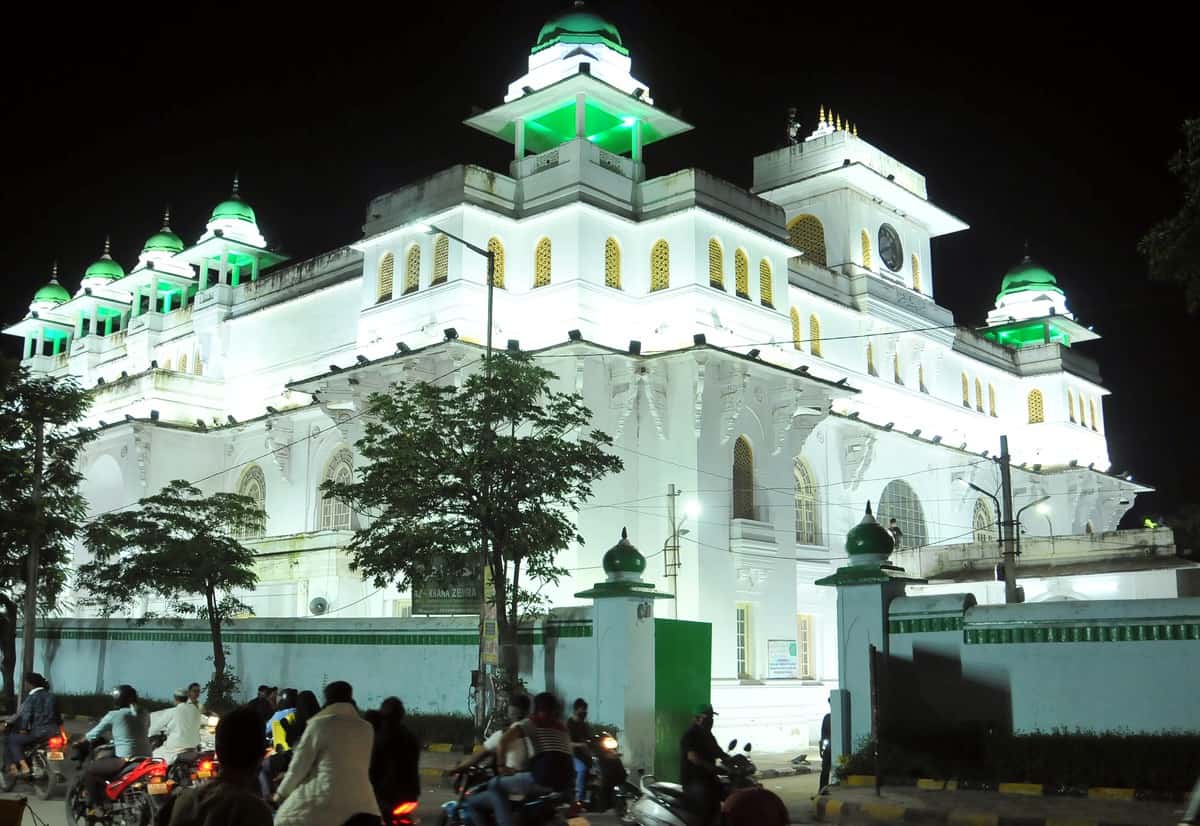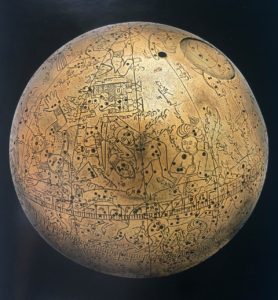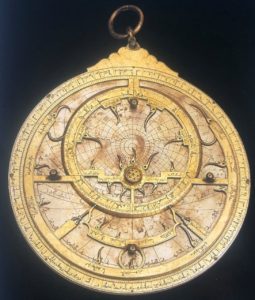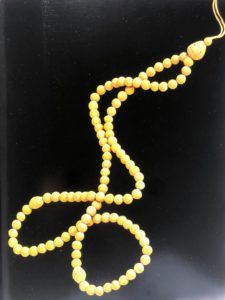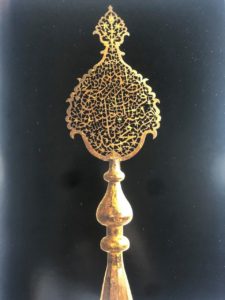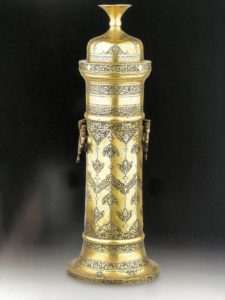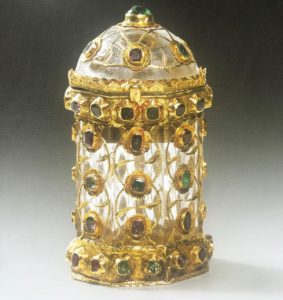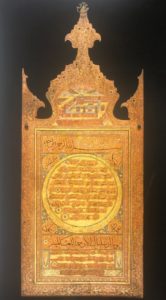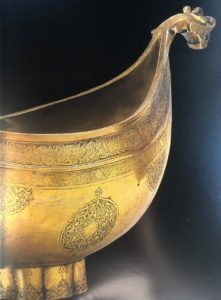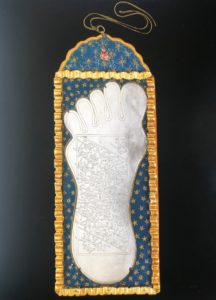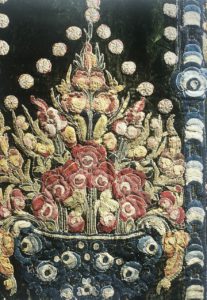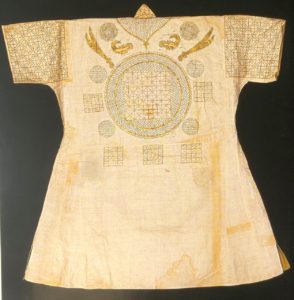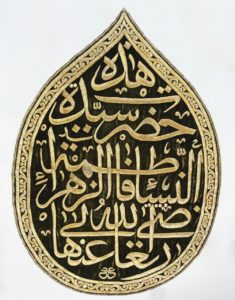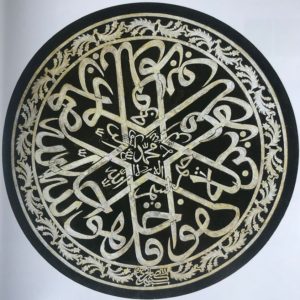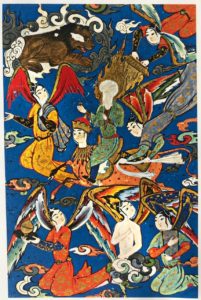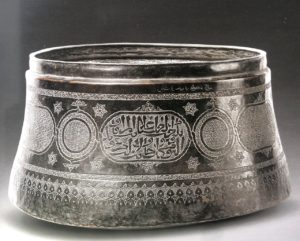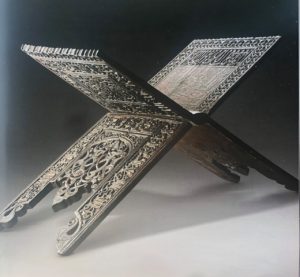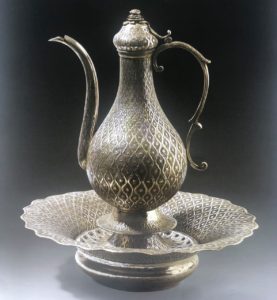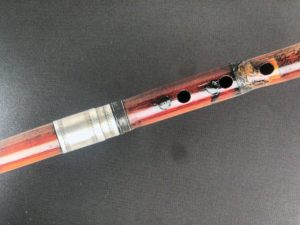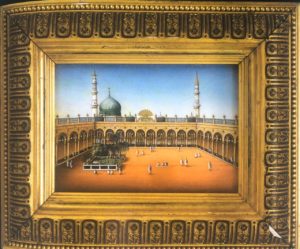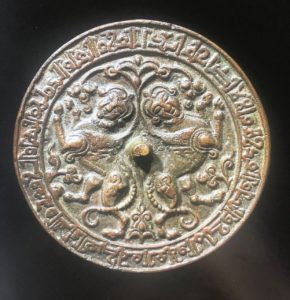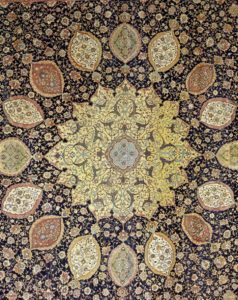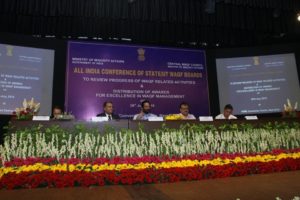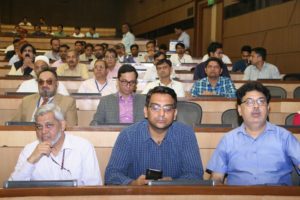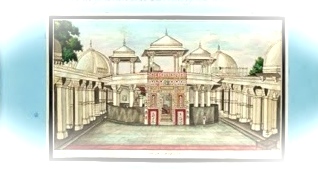Mumbai: As the city continues in spells of the Covid-19 pandemic lockdown, the management of the historic Juma Masjid in south Mumbai — once graced by the late King Saud bin Abdulaziz al Saud of Saudi Arabia — have embarked upon an unusual mission — clean-up of the ancient pond inside the mosque.
A team of workers got onto the task from Monday, descended in the 10-feet-deep pond, caught all the goldfish, silverfish and turtles and transferred them to a temporary fish tank, emptied up the misty greyish-green water, and launched a thorough weeklong cleaning operation, along with minor repairs on the floor.
“This is the first time in 12 years that we are doing this, taking advantage of the lockdown when few Muslim faithful turn up for prayers here We do a clean-up at intervals of several years, depending on the requirements,” the Juma Masjid’s Chief Mufti Ashfaq Kazi told IANS.
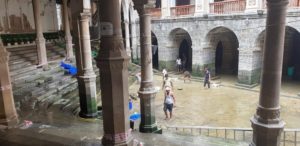
“Soon, the lockdown may be lifted. At that time, we don’t want any faithful to be at any kind of risk, so we decided to spruce-up this ancient pond,” Juma Masjid of Bombay Trust (JMBT) Chairman Shuaib Khatib told IANS.
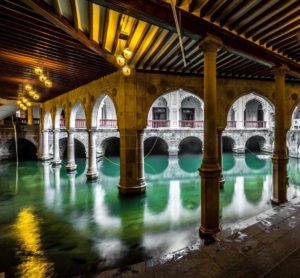
It was in 1954 that King Saud visited this mosque during an official tour to India, the Pakistani Cricket Team was given lodging and boarding during its first tour of India in 1960-61 at the Mohammediya High School in its premises, while the late Prime Minister Indira Gandhi maintained close contacts with the Juma Masjid trustees.
Fed by natural underground fresh-water springs, the pond harbours an interesting tale in its depth — it belonged to a wealthy Bombay landlord Momin Sahab who sold it to a group of citizens in 1775 for Rs 12,000, said Kazi.
Courtesy: Siasat
